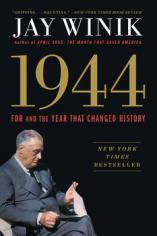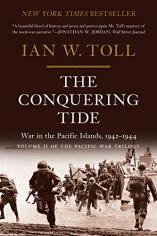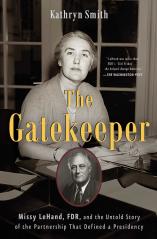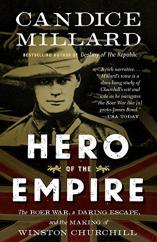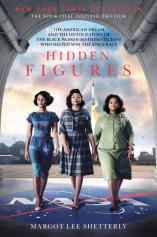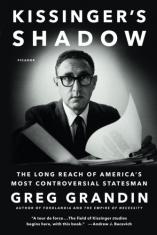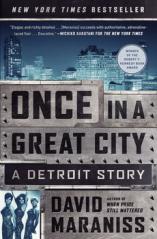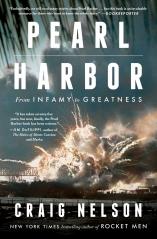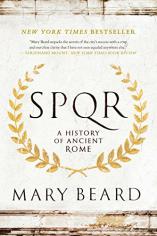September 2016
History Books Roundup: Reliving the Past
September 2016

September's roundup of History titles includes KILLING THE RISING SUN, the new book in Bill O’Reilly and Martin Dugard's Killing series, in which the authors recount "how America vanquished World War II Japan"; Candice Millard's HERO OF THE EMPIRE, a thrilling narrative of Winston Churchill's extraordinary and little-known exploits during the Boer War; PEARL HARBOR, Craig Nelson's gripping and definitive account of the event that changed 20th-century America, published in time for the 75th anniversary; GEORGE WASHINGTON'S SECRET SPY WAR by John A. Nagy, the untold story of how George Washington took a disorderly, ill-equipped rabble and defeated the best trained and best equipped army of its day in the Revolutionary War; and THE BIRTH OF A NATION, the official tie-in to the highly acclaimed film of the same name, which surveys the history and legacy of Nat Turner, the leader of one of the most renowned slave rebellions on American soil, while also exploring his relevance to contemporary dialogues on race relations.

